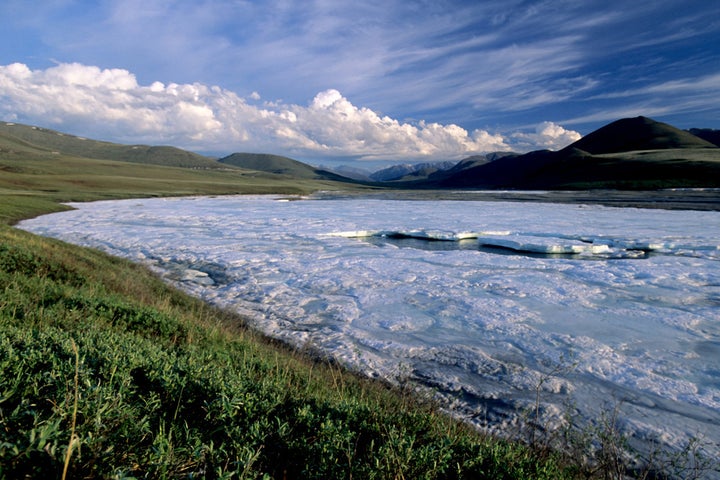
As the Arctic Council convenes in Fairbanks, it is a good time to remind ourselves that, unlike Las Vegas, what happens in the Arctic does not stay in the Arctic.
The Arctic – its sea ice, terrestrial ice sheets, glaciers and permafrost – has significant influence on the planet’s weather patterns. Ocean currents, sea levels and rainfall patterns are all affected by what’s happening in the Arctic.
All life on Earth has adapted for millions of years with a relatively stable Artic. That’s no longer the case. Today our generation is presiding over the dismantling of the Arctic and its stabilizing systems just when we need them the most.
Think of the Arctic as the planet’s air conditioner, and then imagine an endless brutal heat wave during which that air conditioner no longer works. Not a happy or healthy future.
Why is the Arctic coming apart?
Rising levels of carbon dioxide in the atmosphere are increasing global temperatures, and the Arctic region is warming at a rate more than double the global average. This “Arctic amplification” occurs because regional changes in the Arctic from the global temperature rise amplify the levels of warming in the region.
For example, as Arctic sea ice diminishes and open ocean increases, more heat is absorbed in the Arctic rather than reflected. The same is true as the upper layers of the permafrost melt; it ceases to reflect sunlight and instead absorbs it.
These Arctic changes in turn ‘feed back’ to increase overall global temperatures. And the pace is accelerating.
Further, melting ice sheets increase global sea levels, with the Greenland ice sheet alone having the potential to increase sea levels globally by up to 20 feet if we do nothing to reverse course.
And sea level rise will affect life far beyond the Arctic. The Miami Herald alerted south Florida that low-lying, coastal communities could get up to 10 inches of additional sea rise from melting polar ice. And according to one report, it could even threaten species like the Bengal tiger, which lives in the mangrove forests of India and Bangladesh, where sea level rise contribute to a loss of tiger habitat.
We must accelerate our actions
It’s been said many times that we need to decarbonize our economy, a process that is already well underway but it is not happening fast enough to avoid serious Arctic change and global impacts. Governments need to accelerate decisive action.
Given the information we have on changes underway in the Arctic and the outsize impacts they have on the globe, we may also need medium-term interventions to forestall changes in the Arctic that lead to runaway climate change – such as melting of the permafrost and the release of massive amounts of CO2 and methane. This is going to require new research to look at how we can slow these changes while we get our energy act together. The Arctic Council can lead on this.
Another area ripe for Arctic Council leadership is ending new offshore oil and gas drilling in the Arctic. We know most fossil fuels must be left in the ground to achieve decarbonization; Arctic nations can lead by example here.
The global community has already made commitments that are the first major step to bring the planet into balance, through the Paris Agreement on climate. These promises to decarbonize our economy and foster a cleaner planet for people and prosperity must be kept.
We cannot stabilize the world’s climate and its oceans without stabilizing the Arctic. Our future is directly dependent on the Arctic’s future.
The Arctic Council can and must lead the way.
